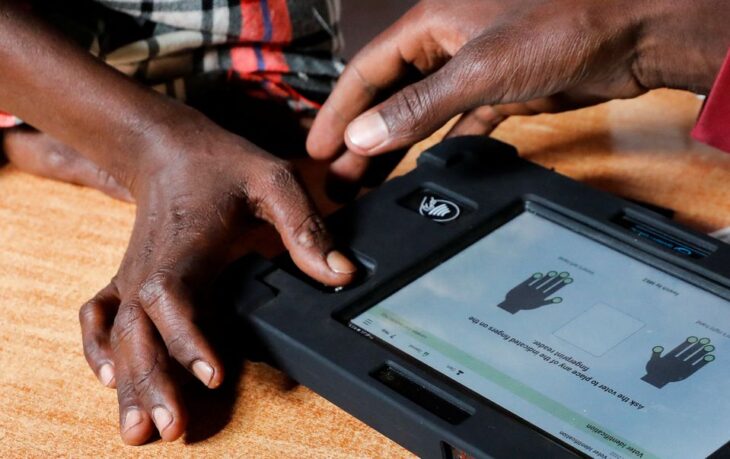By George O. Otiga (PgD)
NAIROBI, Kenya, Sept, 2 – Over 14 million Kenyans in over 46,000 polling stations exercised their democratic right to vote in the just concluded general elections on 9th of August 2022.
Vote counting, tallying and verification began immediately after the polling stations were closed paving way for the declaration of the results by the returning officers with the last declaration being that of the presidential election on 15th August 2022 by the Chairperson of the Independent Electoral and Boundaries Commission (IEBC).
While in recent years Kenya’s elections have been tainted by controversies and mistrust with serious allegations ranging from vote rigging to electoral malpractices, this year’s elections had significant improvements in the way elections are conducted in Kenya. This is largely attributed to the use of technology which has enhanced accountability and transparency in the electoral processes in Kenya.
The Coronavirus (Covid-19) pandemic that hit the country in mid-March 2020 rapidly saw increased use of technology in various aspects of our daily lives. The management and conduct of elections were not spared. Kenya just like several other countries embraced technology in three key election processes: voter registration, voter verification, and transmission of results.
Though adoption of information and communication technologies (ICTs) in the three electoral processes has served to remedy legacy concerns, for instance, tedious and time-consuming voter registration and identification, it has also raised issues among the electorate with opportunities for change such as digital voting, tallying and verification of votes cast.
The system as it is currently has been critiqued as one that takes too much time creating anxiety among Kenyans as they wait for the results.
Electronic voting, tallying and verification of votes may fairly be a new term in our electoral process, but not in developed democracies such as the United States of America, the United Kingdom, Brazil, France, and Australia just to mention but a few.
According to the International Institute for Democracy and Electoral Assistance (International IDEA), electronic voting is the use of electronic means to either aid or take care of casting, tallying, and verifying votes. International IDEA, further noted that “Electronic voting is often seen as a tool for making the electoral process more efficient and for increasing trust in its management. Properly implemented e-voting solutions can increase the security of the ballot, speed up the processing of results and make voting easier,”
While noting the advantages of e-voting International IDEA warns that, “…the challenges are considerable. If not carefully planned and designed, e-voting can undermine the confidence in the whole electoral process,”
The efficiency of the system is not in doubt but borders along issues of trust in the management of the election process making other countries continue using the hand-marked and manually counted ballot papers. It is worth noting that in the full realization of the right to vote in Kenya persons living with disabilities have been categorized as the biggest beneficiaries should a country adopt the use of technology during voting, tallying, and verification of election results.
Overall, despite the challenges and Kenya’s growth in democracy, governance, and technological management, it is possible to embrace technology in the whole election cycle capable of complying with the general principles for the electoral system under article 81 of the 2010 constitution including security, accuracy, integrity, privacy, non-discrimination, accountability, accessibility, and inclusivity among others.
The Writer is A Human Rights Lawyer and an Advocate of the High Court of Kenya.
Want to send us a story? Contact Shahidi News Tel: +254115512797 (Mobile & WhatsApp)


